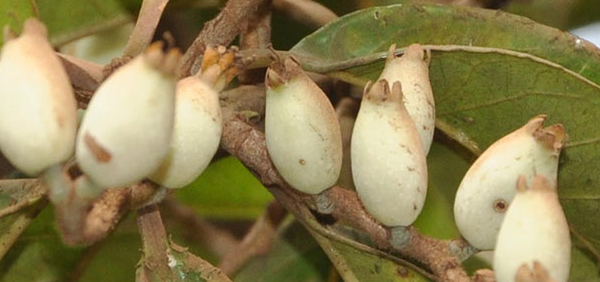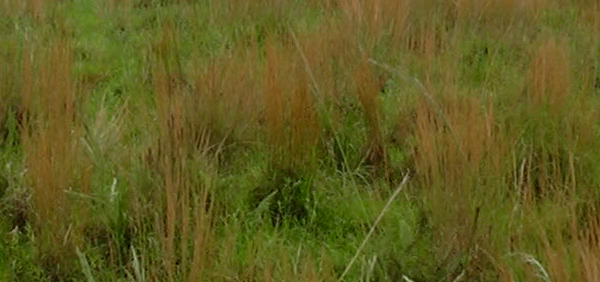amarvalli :

Morphology:
Stem: - It is very long, rather stout, closely twining, branched, glabrous, pale greenish yellow, sometimes dotted with red.Flower: - Solitary or in umbellate clusters of
2-4 or in short racemes, pedicels short,
glabrous, usually curved (rarely 0), bracts
1.5 mm. long ovate, oblong, obtuse, fleshy.
Calyx divided almost to the base. Lobes are 3mm long, slightly unequal, broadly ovate,
obtuse, glabrous and fleshy. Corolla white,
tube 6-8 by 4mm, almost cylindrical, lobes
2.5-3mm. long, deltoid, acute, reflexed,
scale almost at the base of the corolla, tube
large, oblong, subquadrate or somewhat
ovate, fimbriate and in curved at the apex.
Stamens in the throat of the corolla tube,
filaments scarcely any, anther about ½
exserted beyond the top of corolla tube.
Ovary is ovoid; style simple, very short and
thick; stigma 2, distinct, large, thick and
fleshy, 1.5 mm long, ovoid. Capsules 6-8
mm in diameter, depressed-globose,
glabrous, circumscissile near the base.
Seed: - Seeds 2-4, large, black and
glabrous
Histology:
The TS of stemThe stem is an
ascending axis of the plant developed from the plumule. It
consists of nodes, internodes, and buds and it gives rise to
branches, leaves and flowers. The stem may be aerial, subaerial, and underground. Depending upon the presence of
mechanical tissues, the stem may be weak, herbaceous or
woody. The primary stem shows the following structure:
epidermis, cortex, medullary rays, medulla and a vascular
system taking the form of a dicotyostele. The TS exhibited
the cortex contained Cortex 5–6 layers with articulated
laticifers. Including Hypodermis and General cortex.
Hypodermis Just below the epidermis. There are 2–3 layers
of collenchymatous cells larger in size than epidermis.
The epidermis composed of a single layer of compactly
arranged cells and bear stomata. General cortex 2–3 layers
of radially elongated thin walled parenchymatous cells.
There are conspicuous intracellular spaces in it, These are bicollateral, conjoint, open and arranged in a ring.
Each bundle consists of xylem, phloem, and cambium.
Xylem
Xylem of vessels with simple end-walls, partially
developed. The smaller vessels constituting the
protoxylem and the bigger ones constituting the
metaxylem lies away from the centre. The protoxylem
consists of annular, spiral and scalariform vessels, and
the metaxylem of reticulate and pitted vessels.
Phloem
Without intraxylary phloem.
Cambium
It consists of 2–3 layers of thin walled and rectangular,
and is arranged in radial rows.
Medullary rays
Few layers of fairly big polygonal or readily elongated
parenchymatous cell packed with yellow-brown masses
(pigments).
Pith
Large, thin walled, lignified big polygonal, rounded
parenchymatous cells with intracellular space.
- » Classification and names of amarvalli
- » Synonyms and definitions of amarvalli
- » Drug Properties of amarvalli
- » Chemical Constituents of amarvalli
- » Standardization of amarvalli
- » Parts used and Dosage of amarvalli
- » Morphology and Histology of amarvalli
- » Distribution and Conservation of amarvalli
- » Cultivation of amarvalli
- » amarvalli in the market
- » Medicinal Uses of amarvalli
- » Researches and clinical trails of amarvalli
- » amarvalli in other sytems of medicine
- » Ayurvedic formulations with amarvalli
- » Images of amarvalli













